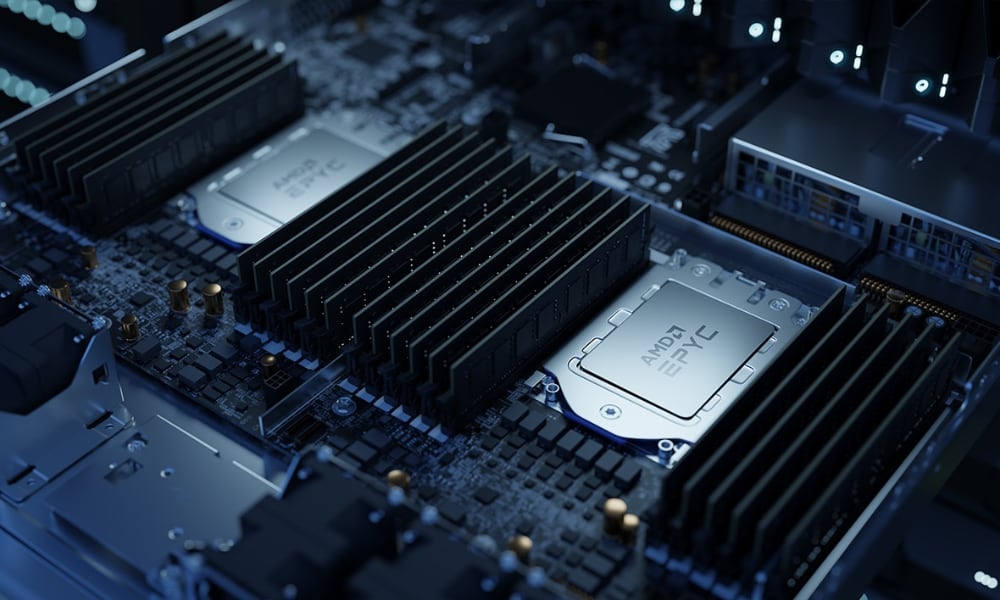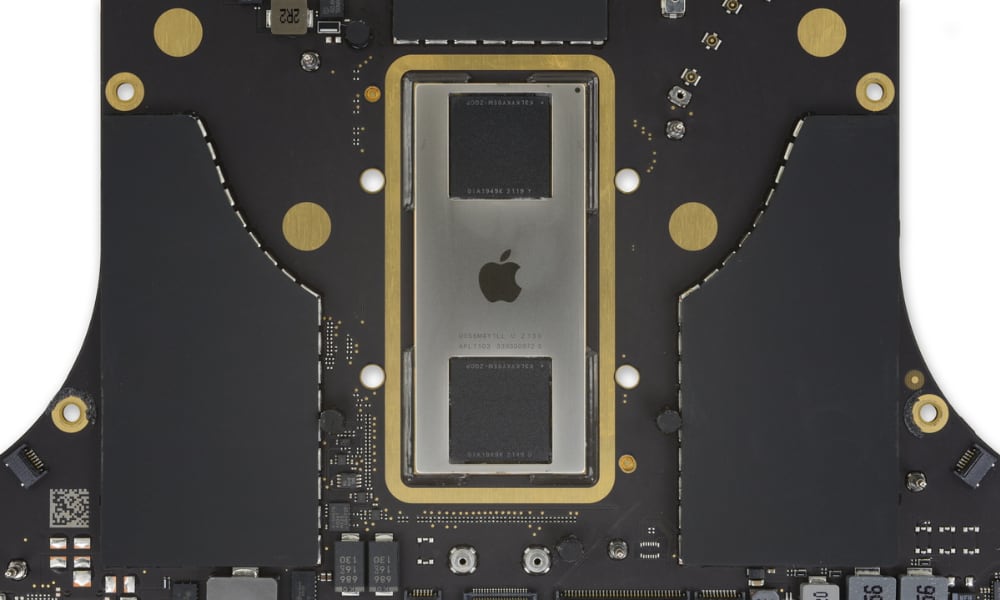Apple Has Already Started Working on Its Next-Gen ‘M3’ Chips
 Credit: Apple
Credit: Apple
Toggle Dark Mode
It’s fair to say that we now have a pretty good idea of how Apple will roll when it comes to its lineup of M-series chips, so the news that it’s already working on an “M3” chip for 2023 shouldn’t come as a big surprise. However, in this case, it turns out that the name may be even more appropriate.
When Apple released the first M1 chip last fall, everyone knew that a second and more powerful successor was coming for Apple’s higher-end Macs. Many predicted it would be called the “M2,” while others felt that Apple would go with the naming style used for its more powerful A-series iPad chips, suggesting the “M1X.”
Of course, Apple surprised us by doing neither. Instead, we got two more powerful versions of the M1: the M1 Pro and M1 Max. These were both souped-up versions of the original M1, differing primarily in the number of GPU cores and maximum memory capacities.
To be clear, all of Apple’s M1 chips use identical CPU and GPU cores. The M1 Pro and M1 Max simply offer more of them. Recent benchmarks have generally borne this out, with the performance gains of the M1 Pro/Max over the M1 being directly proportional to the number of additional cores.
The Future of Apple Silicon
Either way, this has left the field clear for the next generation of Apple Silicon to be dubbed the M2, and it seems apparent that this will be the beginning of a trend. The M2 is expected to show up in next year’s MacBook Air lineup, rumoured to arrive next spring. This will almost certainly be followed by an M2 Pro and M2 Max for Apple’s next MacBook Pro and higher-end iMac models.
In fact, the only real question mark that remains is whether Apple will produce an even more powerful chip for the Mac Pro when it gets around to moving that beast over to Apple Silicon.
While the M1 Max-equipped 16-inch MacBook Pro can already hold its own against lower-end Mac Pro configurations, the fully-loaded 28-core Intel Xeon model is still far more powerful when it comes to multi-core performance.
Leaving the Mac Pro aside, however, since that’s clearly in a class entirely by itself, it’s fair to say that Apple’s real work will continue along the same lines. The M1 Max in the MacBook Pro already makes it the most powerful laptop on the planet, but Apple has no intention of sitting on its haunches.
According to new information from DigiTimes (via MacRumors), TSMC has already kicked off pilot production of chips built using an even smaller 3nm process, which the Taiwanese fabricator is calling “N3.”
According to industry sources, TSMC is expected to be ready for volume production of chips using this new 3nm process by the end of 2022, which means it could have 3nm chips ready in the first quarter of 2023 — in time for the next next-generation MacBook Air.
It would be an interesting symbolism of naming since the M3 could very well be the first consumer CPU in history to use the new 3nm process.
Meanwhile, Intel’s latest 12th-Gen Alder Lake CPUs are still using a 10nm process, although Intel claims its 10nm fabrication is equivalent to TSMC’s 7nm. Nonetheless, it still puts it two years behind Apple in this area, which moved to TSMC’s 5nm process last year with the A14.
So, there’s every reason to assume that Apple will leap even further ahead with the M3 since the 3nm process could allow it to pack in a mind-blowing 40 compute cores, and quite likely, even more GPU cores.
How Do They Compare?
With 57 billion transistors, Apple’s M1 Max is already in first place in transistor count. Further, while AMD’s Epyc Rome actually takes the second spot at 39.5 billion transistors, but it’s also a ridiculously massive chip by CPU standards since it still uses a combination 7 nm and 12 nm TSMC process. Yet, it only beats Apple’s much smaller mid-range M1 Pro by 6 billion transistors. It’s also designed exclusively for data centres, not desktop PCs or laptops.
To put this in perspective, Apple’s M1 Max is already considered to be a “giant” chip at 432 square millimetres, but the Epyc Rome handily beats that in size at 1008 mm2. For comparison, the smaller M1 Pro is 245mm2. Apple doesn’t like to show off the guts of its MacBooks, but fortunately, iFixit is always happy to give us a peek at what’s inside.
To be fair, there are specialized chips that still beat out the M1 Max in transistor count. Chinese data centre provider Alibaba Cloud recently unveiled a custom 128-core CPU with 60 billion transistors. Intel is building the Ponte Vecchio — an ambitious new 100-billion transistor AI chip — but it’s also had to adopt an unconventional three-dimensional structure to pull this off, with no less than 47 individual processing models stacked on top of each other. The Ponte Vecchio also isn’t expected until at least 2022, and some industry watchers remain skeptical that Intel will be able to pull this one off.
Still, the M1 Max is the most powerful and transistor-heavy chip that’s available to consumers. With Apple and TSMC ready to adopt the 3nm process by 2023, it stands to reason that it will continue to maintain that lead for some time. In fact, there’s an excellent chance the M3 will be the first consumer chip to break the 100-billion transistor barrier.
[The information provided in this article has NOT been confirmed by Apple and may be speculation. Provided details may not be factual. Take all rumors, tech or otherwise, with a grain of salt.]








